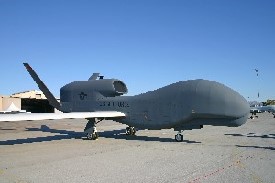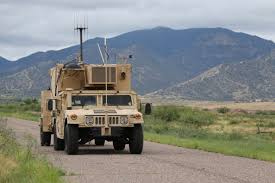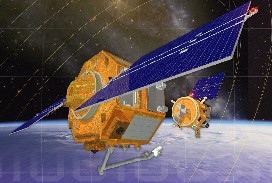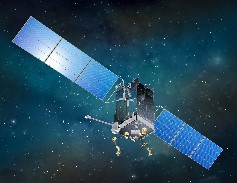Years of Innovation
Unmanned aerial vehicles. Robotic servicing of space satellites. High-definition television and visual displays. All of these innovative technologies derived from Other Transactions, which are a special type of agreement between the government and private sector.
Congress granted DARPA authority to use OTs in 1989 and expanded it to the rest of the Department of Defense in 1991. Since then, OTs have been integral to DARPA's portfolio of innovative technology and research and development.
DARPA uses several different contracting or acquisition procedures, including FAR-based contracts, broad agency announcements, grants, and cooperative agreements. However, OTs break the mold because they are not subject to most of the traditional laws and regulations of government contracts. This unusual flexibility allows several advantages.
OTs often include cost-sharing provisions, whereby both industry and government invest money and resources towards common goals. OTs are not subject to standard intellectual property (IP) clauses, so they allow private-sector participants to keep or share IP rights as appropriate. The burdensome accounting rules (like Cost Accounting Standards) do not apply either, so OTs attract innovative companies that normally steer clear from government contracts (so-called "non-traditional defense contractors").
DARPA has an extensive history of success with partnering with non-traditional defense contractors using OTs. Below is a short list of some of the most impactful programs that used OTs to accomplish their technology goals.
- DARKSTAR (Tier III -)
- GLOBAL HAWK (Tier II+)
- Arsenal Ship
- Laser Communications
- Commercial Operations and Support Savings Initiative (COSSI)
- Submarine Payload and Sensors
- Common Ground Station (CGS)
- Airborne Communications Node (ACN)
- Small Unit Operations: Situational Awareness System (SUO/SAS)
- Unmanned Combat Air Vehicle (UCAV)
- Advanced Logistics Project (ALP)
- Vertical Takeoff and Landing Unmanned Aerial Vehicle (VTOL UAV)
- Hummingbird
- Orbital Express
- Reconnaissance and Targeting Vehicle (RST-V)
- Tactical Common Data Link (TCDL)
- Canard Rotor/Wing (CRW)
- Future Combat System (FCS)
- Hypersonic Test Vehicle (HTV) I and II
- High Performance Computing
- Aircrew Labor In-Cockpit Automation System (ALIAS)
- Experimental Space Plane
- Tactically Exploited Reconnaissance Node (TERN)
- Robotic Servicing of Geosynchronous Satellites (RSGS)





